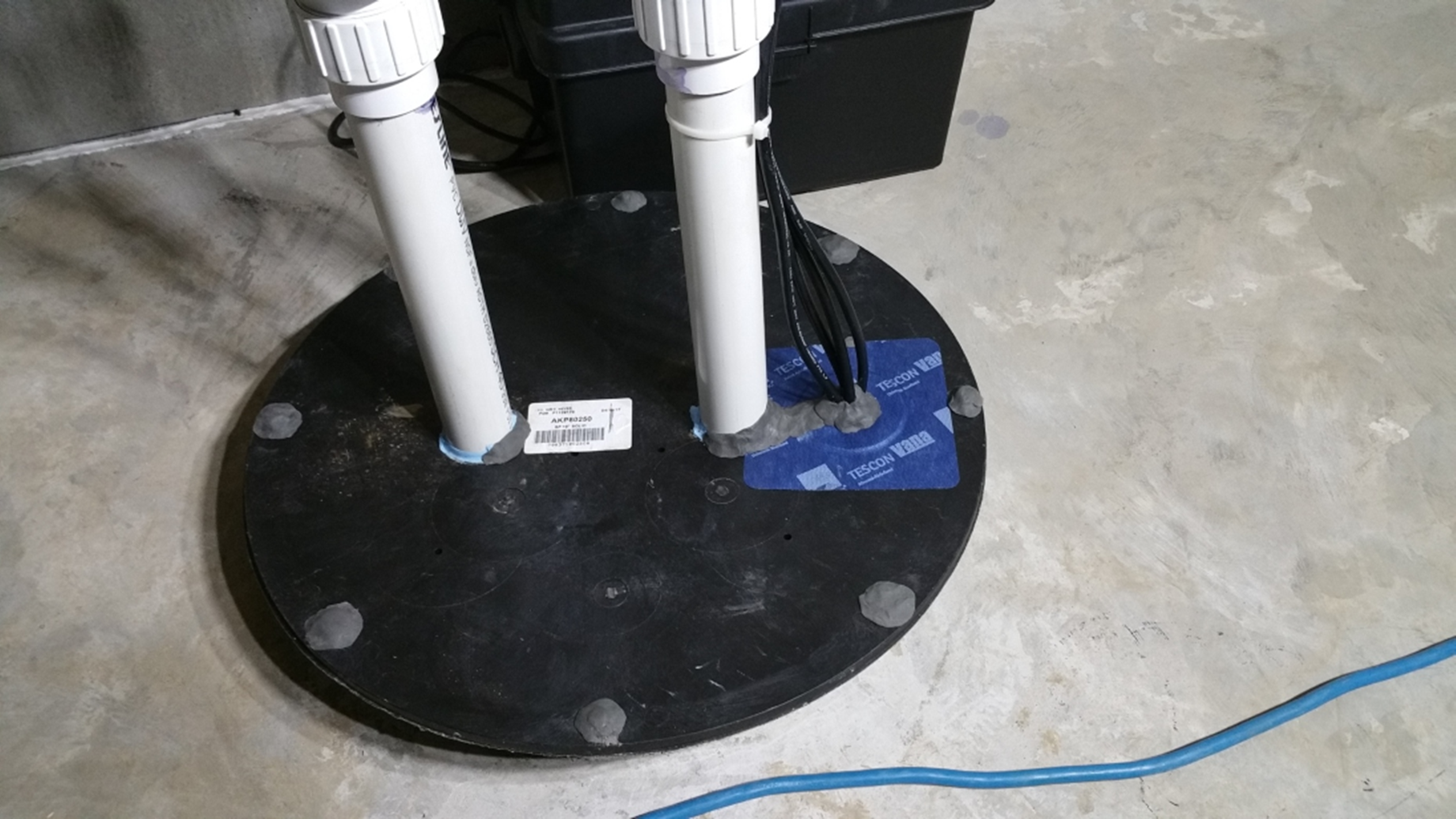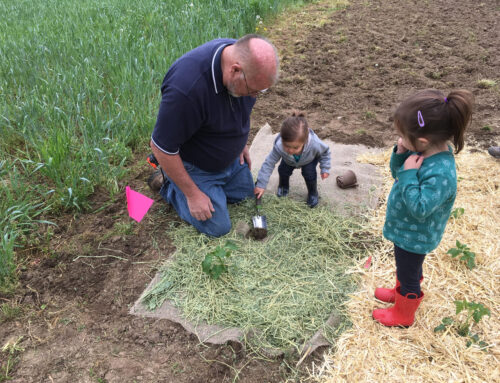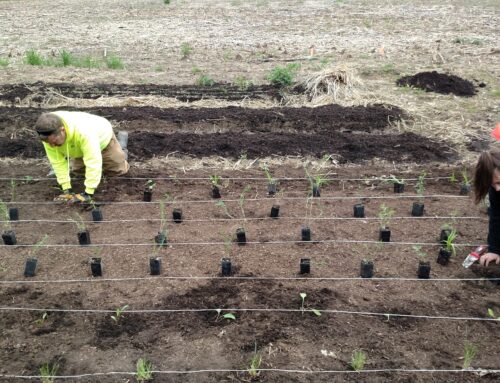As we move from autumn into the beginning of winter, we usually see areas of the county that experience a seasonally high groundwater table which comes up in October or November and stays up through the spring months in most years. Many of our neighborhoods have large areas of land which have soils with this seasonally high groundwater table, and homes built on these soils experience quite a bit of water coming into their crawlspaces and basements.
The traditional method of getting rid of this water is by using sump pumps. The major problem then is where to pump the water to? Our office receives many calls from people complaining about water standing in the yard for weeks on end or about their neighbor’s sump pump draining water into their yards. Homes with basements built in these soil types are especially troublesome because their sump pumps may run almost continuously for months.
What can be done?
Ideally, homes with basements would not be built in these soil types, and those on crawlspaces would be built up above the high groundwater level. But once the home is built, some things can be done to minimize the damage. Here’s a quick list of “dos” and “don’ts”:
Don’ts
Don’t outlet the sump pump close to the foundation or you will be recirculating the same water. Pipe the water out at least 10 feet away from the foundation.
Don’t outlet the water close to the property line unless there is a drainage swale, ditch or storm drain inlet there that can accept the water.
Don’t outlet sump pumps at the road curb or close to the sidewalk. This is illegal because the water can freeze in the winter and cause safety issues.
Don’t outlet a sump near or into a septic field.
Don’t drain sumps into the sanitary sewer. This is illegal as it adds to the problem of overloading our sanitary sewer systems.
Dos
Do improve surface drainage around the home by
- Ensure that gutters and downspouts are in good working order and extend downspouts at least 10 feet away from the foundation
- Watch for areas of settling around the foundation and re-grade to provide 6 inches of fall within the first 10 feet away from the house
- Provide side yard swales to direct surface drainage away from the house
Do work with your neighbors to install drainage to an adequate outlet. This may include creating a drainage swale, re-grading an existing drainage ditch that is not functioning, or installing a main drainage tile to allow sump pumps to attach to it to drain to a ditch, stream, or storm drain. Installing a drainage system of any kind will require a drainage permit from the Department of Business and Neighborhood Services. Tiles must be tied in at a storm sewer inlet box, not into a storm sewer pipe. Your contractor must be licensed and bonded in order to obtain a permit to tie into a storm drain box.
For more information on drainage, visit our website.








